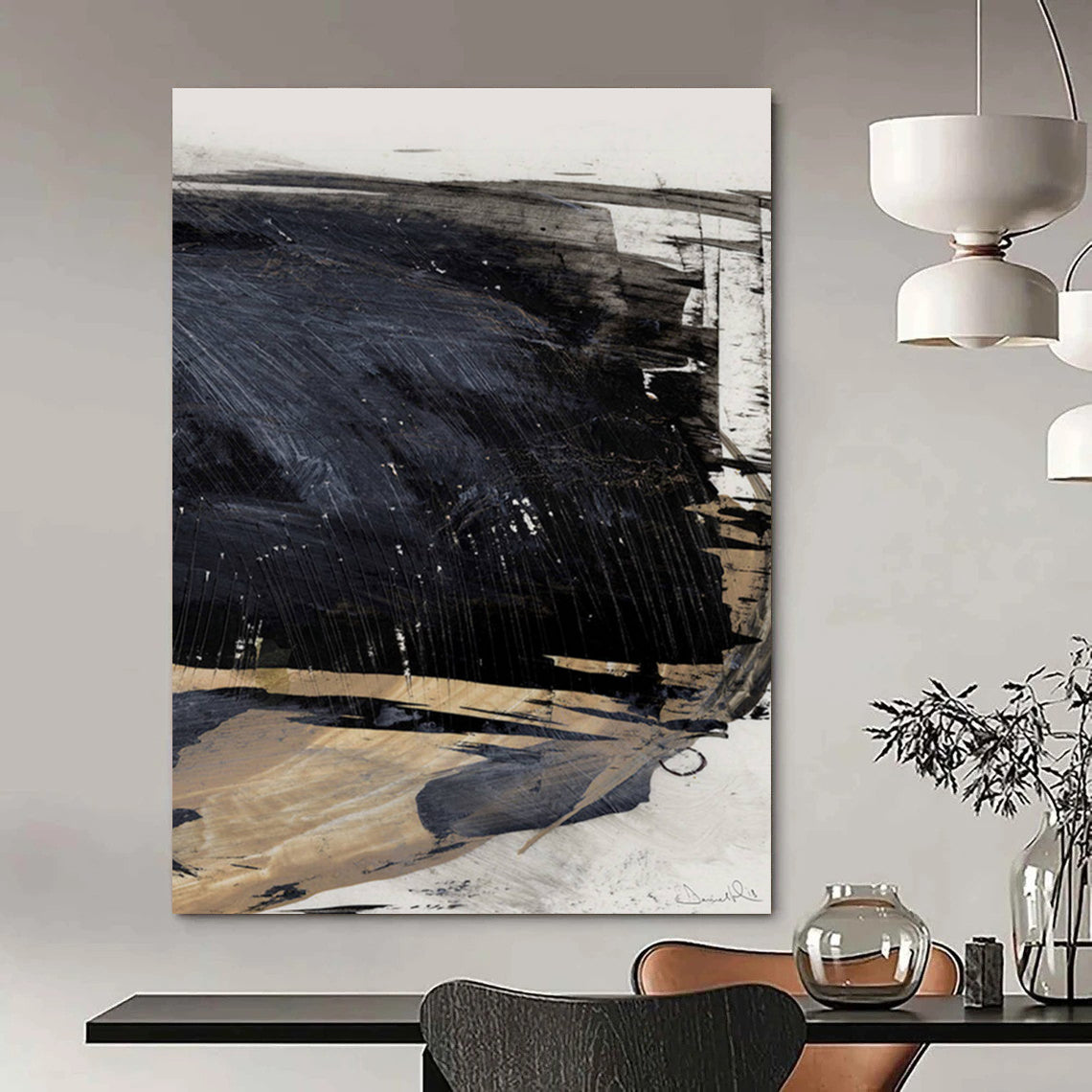Lucy Jones, a British artist living with cerebral palsy and dyslexia, has reshaped the representation of disability in contemporary art. Her self-portraits boldly reject traditional depictions of disability as objects of pity or mere inspiration. Instead, Jones embraces her physical condition as an inseparable part of her identity, using vivid colors and expressive brushwork to convey her unique perspective. This approach challenges societal perceptions and brings disability firmly into the artistic mainstream.

A Life Translated on Canvas
From childhood, Lucy Jones navigated life with cerebral palsy, a condition affecting muscle coordination, and dyslexia, which impacts reading and writing skills. These experiences become central to Jones’s work, where she explores the realities of her body and mind. Her use of bright hues and bold strokes draws viewers in, with motifs such as her walking frame or cane appearing repeatedly, symbolizing the support systems integral to her daily life. In her art, the physical manifestations of cerebral palsy are not hidden or softened but are portrayed with a raw honesty that dispels myths and invites empathy.
Jones’s distinctive style has often been compared to that of David Hockney, yet her paintings carry a deeply personal narrative. Her portrayal of hands, frequently stiff or awkward in posture due to her condition, serve as emotional windows into her inner world. This focus highlights how disability shapes her identity, not just physically but psychologically as well.

Disability at the Heart of Artistic Expression
Disability is not merely a backdrop but the core subject of Jones’s work. Through her self-portraits, she confronts long-held biases and societal invisibility surrounding disability. For instance, her 2018 piece titled "With a Handicap Like Yours..." draws from a dismissive remark made by a doctor earlier in her life, turning a phrase loaded with condescension into a powerful visual critique. The painting’s inclusion of a third, disembodied hand reaching onto the scene underscores the intrusive attitudes Jones challenges.
Her art also engages with neurodiversity in art, reflecting her experiences with dyslexia through techniques like mirror writing and reversed text. These elements serve as visual metaphors for the complexities of communication and understanding faced by disabled and neurodiverse individuals.

Evolution of Style and Method
Over time, Jones’s process has adapted to physical needs imposed by cerebral palsy. Initially working on large canvases upright, the discomfort led her to switch to smaller canvases painted on her knees. Rather than relying on mirrors, she often paints from photographs, a practice that subtly shifts her perspective but allows greater control and reflection. This evolution mirrors her ongoing dialogue with her body and identity, revealing the intimate connection between physical capability and creative expression.
Her paintings are celebrated in exhibitions such as “Totally, Completely, and Absolutely Lucy Jones” at galleries like Flowers Gallery, where the confluence of personal narrative and social commentary resonates strongly with audiences and critics alike.

Frequently Asked Questions (FAQ)
Q: What medical conditions influence Lucy Jones’s artwork?
A: Lucy Jones has cerebral palsy, which affects muscle control, and dyslexia, impacting language processing. Both profoundly shape her artistic themes and style.
Q: How does Jones incorporate her dyslexia into her paintings?
A: She uses reversed words and mirror writing as symbolic elements, reflecting the challenges of reading and cognition inherent in dyslexia.
Q: What makes Lucy Jones’s approach to disability different in art?
A: Unlike portrayals that evoke pity or inspiration porn, Jones’s work offers a candid, humorous, and vibrant perspective that normalizes and celebrates disability as part of human diversity.
Q: How has Lucy Jones’s painting technique changed throughout her career?
A: Due to the strain of standing, she transitioned from large-scale canvases to smaller works painted kneeling, often painting from photographs to overcome physical barriers.
Q: Where can one view Jones’s self-portraits?
A: Her work is displayed in venues like Flowers Gallery in London, and digital collections exist on various disability arts platforms.
Lucy Jones’s art exemplifies how disability can inspire an authentic and powerful creative voice. Her self-portraits are more than images; they are statements that confront and reframe societal thoughts on ability, identity, and representation in contemporary art.

